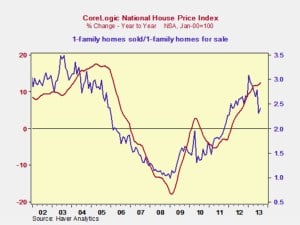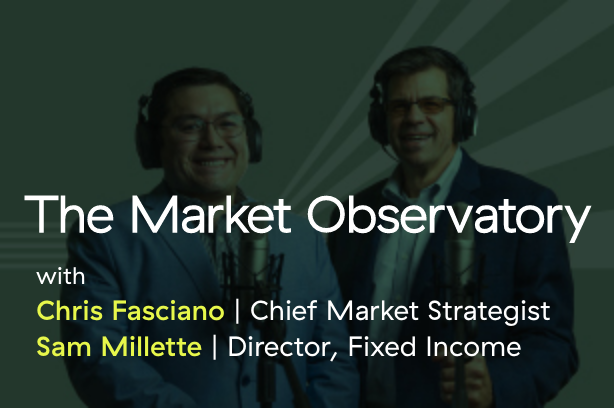First of all, thank you to everyone who wrote nice things about my appearance on CNBC yesterday—much appreciated. It’s fun to do that kind of appearance because you never know exactly what will be discussed, and you have to prepare. Keeps me on my toes!
This will be a short post because I’m in New York attending a conference on ETFs put on by iShares. ETFs, for those who haven’t run into them, are exchange-traded funds—that is, a portfolio of assets (stocks, bonds, what have you) that is traded like a single share of stock. They are similar to a mutual fund that tracks a specific stock or bond index, such as the Barclays Capital 1-3 Year Treasury Index. ETFs trade on one of the major stock markets and can be bought and sold throughout the trading day, like a stock, at the current market price. And, like stock investing, ETF investing involves principal risk—the chance that you won’t get all the money back that you originally invested—market risk, underlying securities risk, and secondary market price. ETFs have become a major part of the investing landscape over the past several years, changing the way many people and institutions invest.






